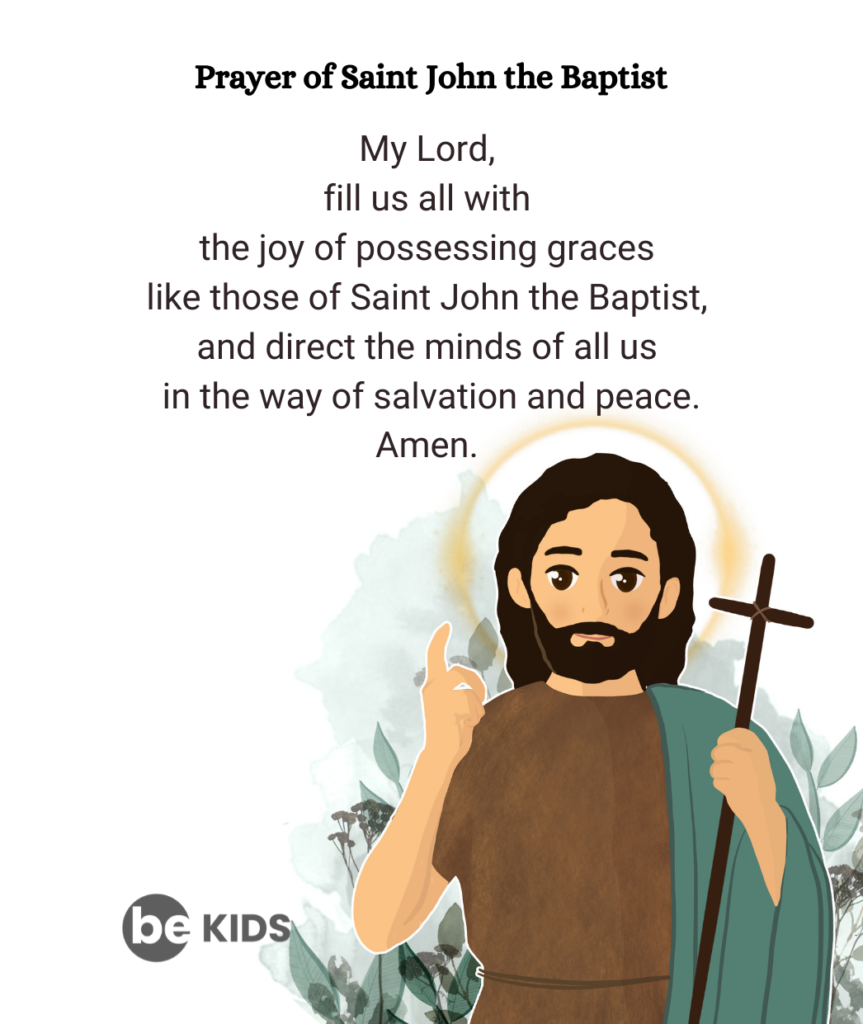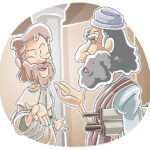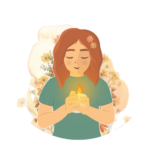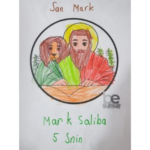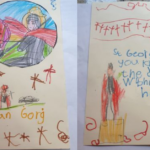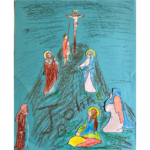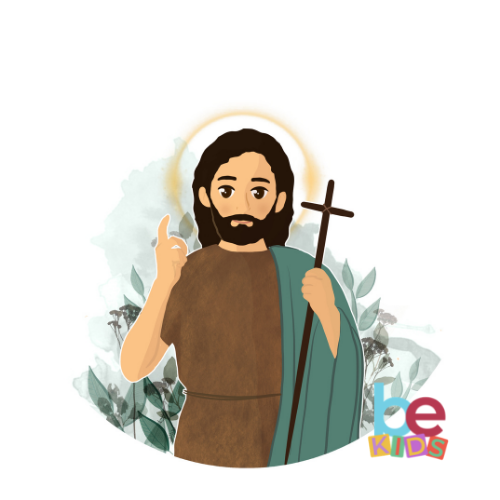
John the Baptist was an exceptional person, with an outstanding personality. He was given special recognition by Jesus Christ himself when He said “Among those born of women there was no one greater than John the Baptist.” (Mt. 11,11)
The 24th June is a celebration of his birth that was foretold to his parents Elizabeth and Zechariah by the Angel Gabriel. Zechariah was skeptical about this possibility because both he and his wife were advanced in age. He became mute until his son was born and he wrote down that his son should be named John according to the instruction given to him by the Angel. The Angel Gabriel had also announced John’s future birth to Our Lady at the Annunciation, telling her that her cousin Elizabeth, in spite of her age, was expecting a son. In fact, Our Lady visited Elizabeth when both of them were pregnant, Our Lady with the Son of God and Elizabeth with John the Baptist!
As a young man, John started to fulfil his mission of preaching, focusing on the value of truth and love, calling the people to conversion and to repent of their sins. He located his mission around the River Jordan in Judea, where he started baptizing people with the waters of the river. That is how he remained to be known as John the Baptist! The ritual of John’s baptism was a symbol of the cleansing of sins and so, it was not a baptism of the Holy Spirit as in the Sacrament of Baptism.
John had many followers, attracting large crowds. Some even thought he was the Messiah. However he did not take advantage of this, telling them he was not the Messiah, but preparing the people for His coming. Jesus Himself came to the River Jordan and asked John to be baptized by him, when the voice of God was heard to declare, “This is my beloved Son, in whom I am well pleased.” (Mt.3, 14-17) John started to fade into the background, with the coming of Jesus.
King Herod did not like the popularity of John the Baptist, especially when John continually reprimanded the king because of his sinful life. John was beheaded on a request of the king’s stepdaughter to avenge John’s accusations of her mother.
John’s life remains to be a message that whoever wants to be regarded as a follower of Jesus Christ, needs to put God first in their decisions even if it is not accepted by society.
The tradition to light a bonfire on the eve of the feast of St. John the Baptist, although originally a pagan practice to welcome the summer season, is a symbolic representation of the joy at the birth of the precursor of the Messiah, the Light of the world.
